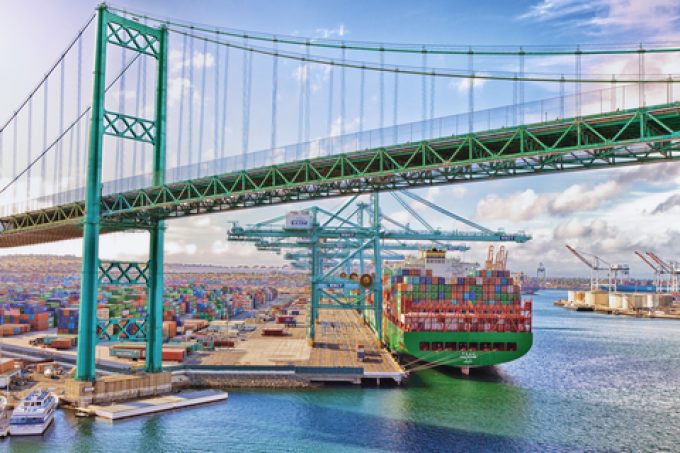Liners unveil Asia-Europe FAK price hikes to arrest steady rate decline
Container shipping lines are looking for a hike in Asia-Europe spot freight rates, announcing a ...

There are signs that spot rates from Asia to Europe might be beginning to cool at last.
Today’s Shanghai Containerized Freight Index (SCFI) comprehensive index inched up just half a percentage point this week to 2,885, which is 190% higher than a year ago.
The North Europe component eased back slightly, by $39, to $4,413 per teu, after putting on $650 in the previous two weeks.
Spot rates from Asia to the Mediterranean remained virtually the same, at $4,296 per teu, following increases recorded by the SCFI totalling $590 since the beginning of the year.
In the same week of 2019, the SCFI recorded a rate of $1,010 per teu for North Europe and $1,180 per teu for the Mediterranean, providing further evidence of the massive increases shippers are now being obliged to pay to move goods on the trade.
And the SCFI does not take into account the myriad fees carriers have applied to guarantee container availability and shipment that can make the final cost of moving freight far higher.
One UK forwarder told The Loadstar this week he believed carriers had now “gone too far” with their pricing, and they would “live to regret their gluttony”.
He added: “Some of our customers have said their product is no longer sustainable, based on the increased freight costs from China, so the market is lost to everybody, including the carriers, simply because they could not resist taking advantage of shippers.”
However, another source said that, although he expected rates to fall after Chinese New Year, which starts on 12 February, he thought Asia-North Europe shippers would still be paying around $6,000 per 40ft for the best part of the year.
But he agreed: “I fear that once the current orders have been completed, we may have seen the end of the shipment of some products from China.”
Meanwhile, for the second consecutive week, the SCFI recorded modest increases for spot rates from Asia to the US, which have largely flat-lined since the intervention of Chinese regulators in September.
Rates to the west coast were up $35, to $4,054 per 40ft, while for the east coast there was an increase of $50 per 40ft, to $4,750.
Carriers on the transpacific also add premium fees to their rates that lift the price for shippers considerably.
Demand remains very strong, driven by e-commerce purchases, and according to the port of Los Angeles’ Signal import volume forecaster, 147,589 teu is headed for its berths next week, 100% more than in the same week of last year, and almost 200,000 teu stemmed for the week after, a 114% year-on-year increase.
However, the massive increase in import volumes which not only fill scheduled liner ships, but also the extra loaders deployed by carriers, has resulted in delays of seven days or more for vessels arriving at the San Pedro Bay ports of LA and Long Beach.
Indeed, the South California ship traffic agency, Marine Exchange, regularly lists 30 or more containerships either at anchor or in “drift mode”, if all anchorages are occupied.
“The industry needs a slowdown of volume in order for terminals to catch up,” said Jon Monroe of Washington state-based Jon Monroe Consulting, adding that an industry executive had told him this week the ports were “just not equipped to handle this much volume”.
Comment on this article
praful patel
January 16, 2021 at 12:04 pmCovid-19 is a wake-up call and realization for big companies who for profit moved to China, now hopefully it might be cheaper to produce locally and might be better for economy